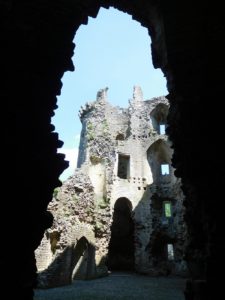
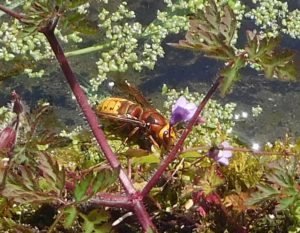
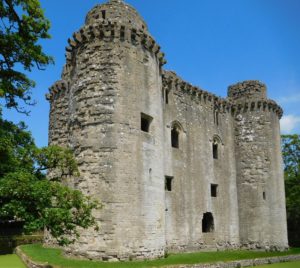
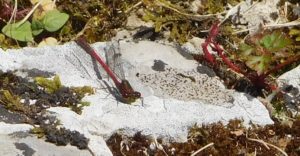
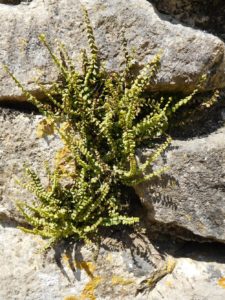





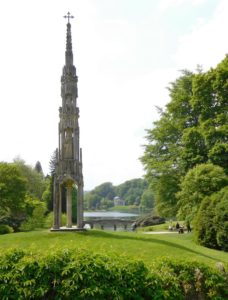
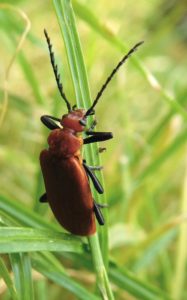
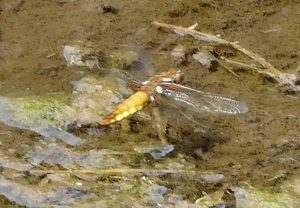
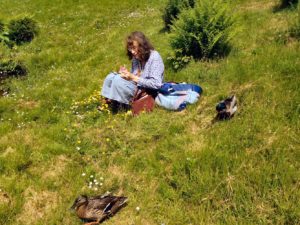
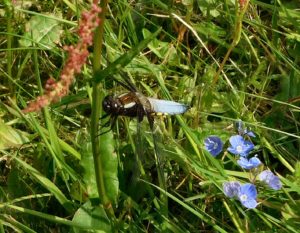
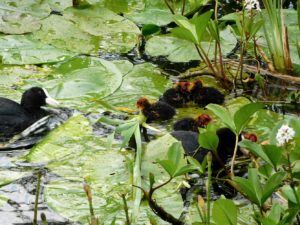
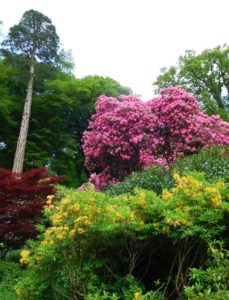
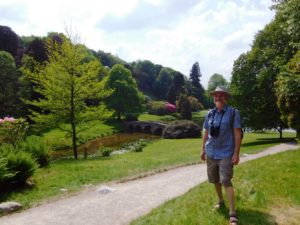
What’s the best way to tell a lie? Mix it with a bit of truth.
In my previous post, I mentioned the creeping threat of development to nationally important places for nature like Lodge Hill.
On one side, is some target for new homes; on the other, irreplaceable resources for education, scientific study, recreation, and last but not least, some very special species and some increasingly rare habitat.
Michael Gove wants to put into law the idea that every bit of nature has a price (“natural capital”). That means that anything can be destroyed, just by putting together some swift and specious spreadsheet that indicates some “mitigation”, as if you could mitigate the loss of Britain’s nightingales by digging a pond and planting a couple of trees in a housing estate somewhere: if the pond is worth £1000 and the trees £100 each, then they mitigate the loss of 12 nightingales at £100 each.
The hell they do, it’s utter nonsense, and dangerous too.
For the spreadsheet-minded, consider this: each thing is an independent variable – how many swallowtail butterflies are there? How many lizard orchids? How many primroses? How many wildcats? Oh, but you’d like to add them all together to get one number? Well, you can’t, they don’t fit on one axis of a graph: each species, each landscape, each ecosystem is a separate thing, and its loss is a disaster, pure and simple. You can’t add apples and oranges, or chalk and cheese. Giving each one a “value” and then discounting it and fiddling about with a spreadsheet is just dishonesty masquerading as caring.
And another thing: saying look, here’s a bit of heritage, a nice National Trust country house with a gracious park: that’s another form of the same disaster. Because, now you’ve got a bit of Heritage, yeah. So you can trash the towns and countryside and villages for miles around the Heritage, because you’ve Done Your Bit, you’ve Conserved your Heritage, it’s All Right to trash everything else because your spreadsheet shows that you’ve mitigated the loss with your bit of conservation. The hell you have, it’s smoke and mirrors. Trashing a thousand-year-old landscape and townscape is wickedness and folly: once you’ve done that, it’s gone for ever, and what will your spreadsheet get in return? A tick in a box, instantly to be forgotten.
And what do we, the public get? Cheated. Lied to. We and all future generations deprived of contact with nature, beauty, wildness, life.
And you say that’s ok because you mitigated it by landscaping the new housing estate. You’re a liar, and you know it.
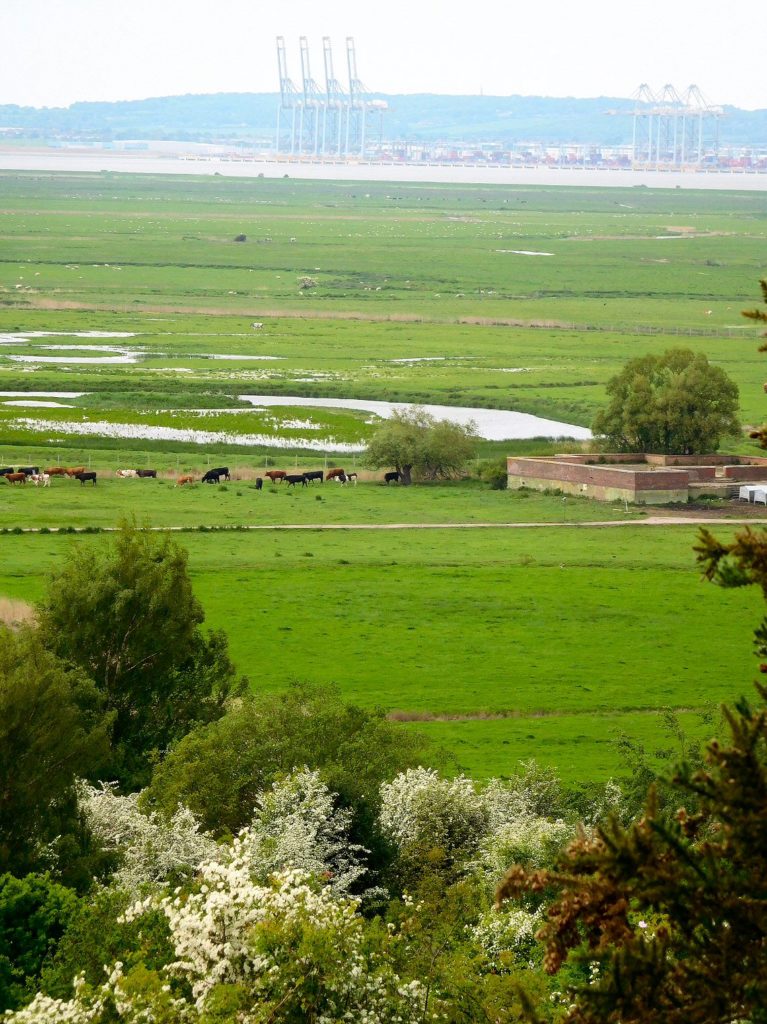
Well there are some things one just has to do, even if it means braving the traffic. Nightingales, once common all over the south of England, can now only be heard in a few special places, and Northward Hill is one of them. There are some others in the southeast, like Lodge Hill, and guess what, they want to build houses all over it. Better go and enjoy the birdsong while it lasts.
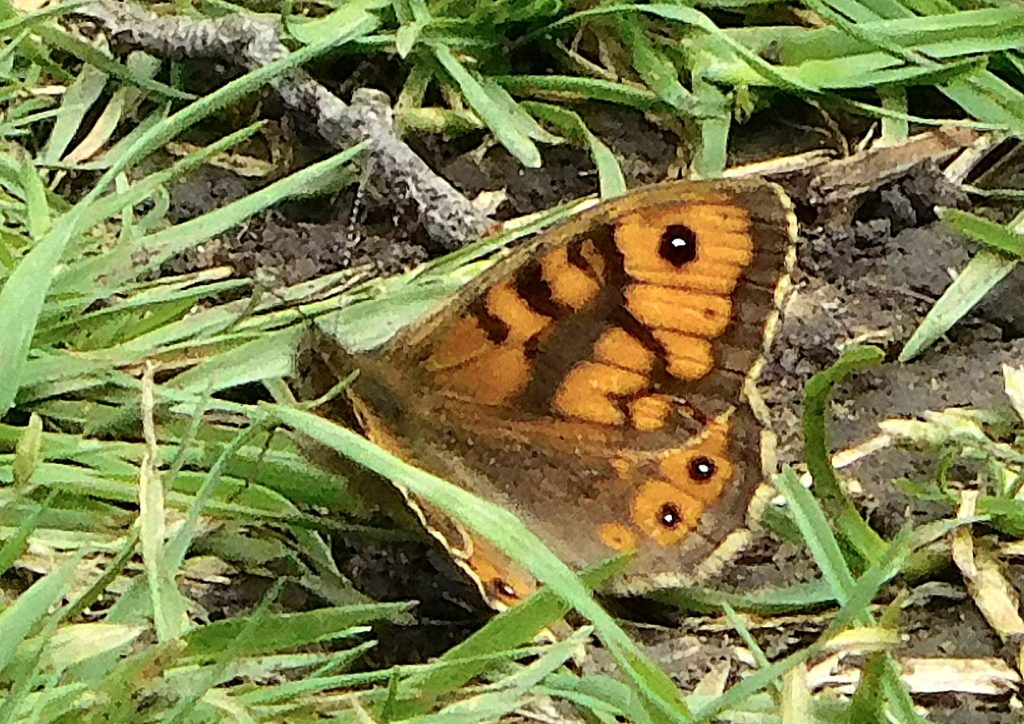
I was greeted by the song of blackbird, chaffinch, robin, song thrush, and wren as I walked in. A few ‘whites’ – large white, orange tip, green-veined white – skittered about as I reached the attractively rough scrub of hawthorn in full May blossom, blackthorn, wild pear, wild plum, and wild cherry, topped by the occasional whitethroat singing away scratchily.
Into the woods, with a handsome old cherry orchard on the right. Some of the oaks were straight out of Lord of the Rings, splendidly gnarled, knobbly, with massive trunks and holes to hide a good few goblins in.
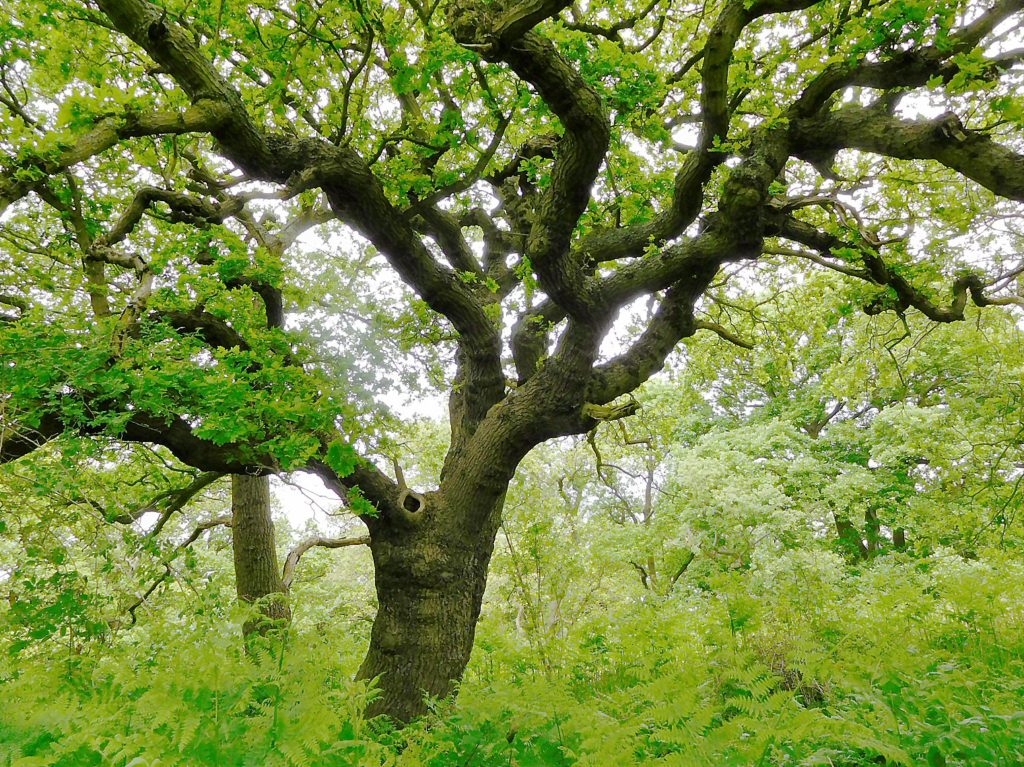
And yes, sure enough, a nightingale obliged by singing its hesitant but amazingly rich and varied song from the thick cover. A little further, another; and a cuckoo kindly sang its unmistakable song from an oak almost in front of me, then with a ‘gok’ call flew, sparrowhawk-like, from the tree, a special sight.
Down to the hide overlooking the pool in the top photo; I wasn’t expecting more than a coot and maybe a mallard, but there were breeding lapwings chasing off the crows; breeding oystercatchers, and an avocet sitting with them; and a couple of solitary little egrets, stalking and stabbing at small fish or frogs. A redshank gave its wild teuk-teuk-teuk call and flashed its wingbar briefly.
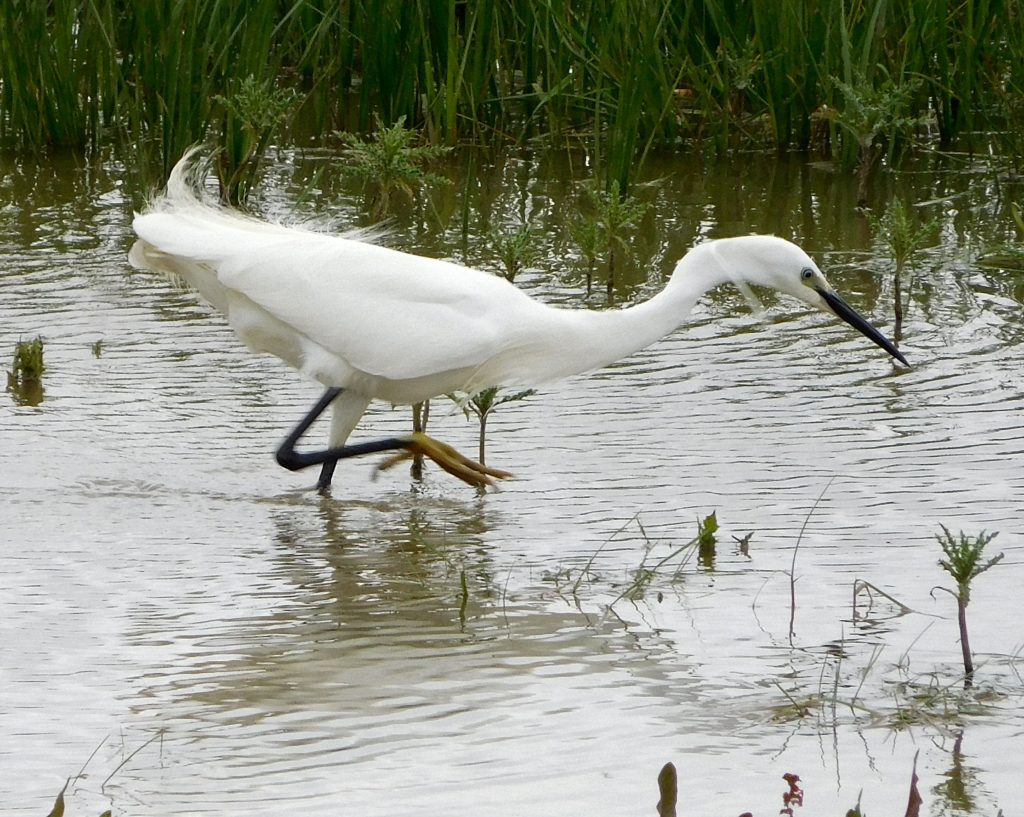
Overhead a few swallows flitted about, and three swifts raced over the marsh.
The Hoo Peninsula is still a wild, spacious, lonely place, even with the swelling villages. You can see the Shard and Canary Wharf in the distance (some 30 miles); the river with its cranes and giant ships is ever-present; but the North Kent Marshes are special, as is Northward Hill with its fine old woods, still unspoilt for birds. Go and see it while you can.
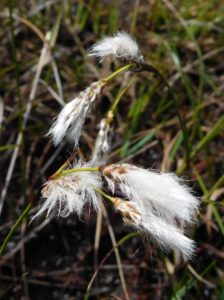
A bright, breezy, and much cooler day (16 C, not 29 any more) was just perfect for a visit to Thursley. Perhaps many of the dragonflies decided not to fly: I saw one Common Darter and (I think) one Brown Hawker, and nothing else, so anyone who went along hoping to see the Hobbies hawking for dragonflies by the dozen will have had a wasted trip (and indeed I saw several extravagantly camouflaged types with gigantic telescopes standing about looking very bored).
But everything else was in full swing. A Cuckoo called from the pinewoods. A Curlew gave its marvellously wild, bubbling call from the open marsh. A Dartford Warbler gave me the best view ever of its rufous belly and long tail, as it sat low in a scrubby Birch, giving its rasping anxiety call repeatedly. I enjoyed the view through binoculars. By the time I remembered to take a photo it was half-hidden again.
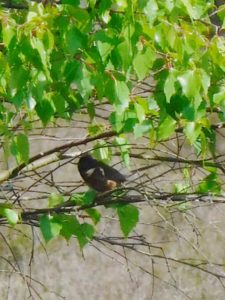
A Stonechat gave its scratchy call from a small Birch, then hopped up to some Pine trees (so, a distant shot).
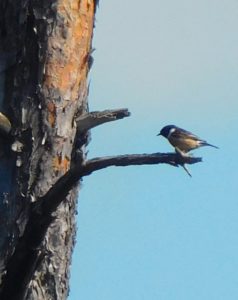
A few Chiffchaffs called from the woods; plenty of Whitethroats sang from the regenerating Birches that are encroaching on to the heath. A Green Woodpecker gave its fine laughing call.
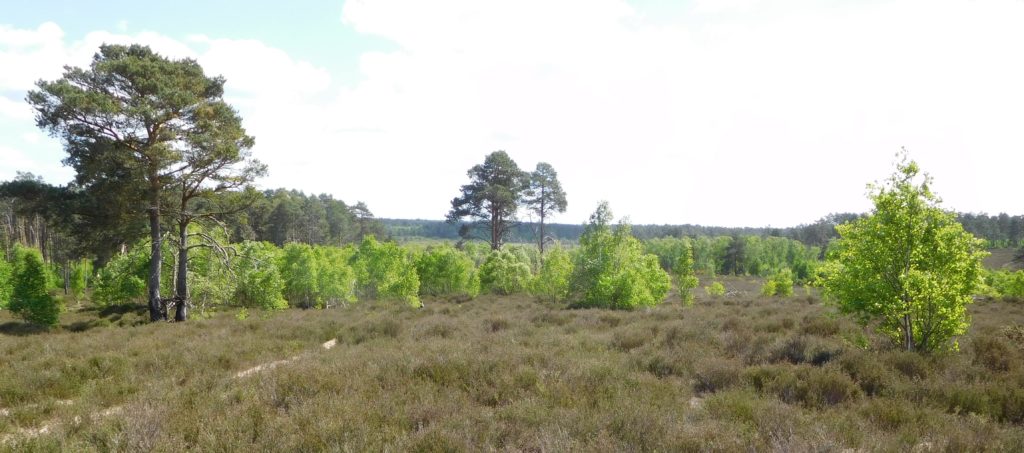
So I heard three warblers today to add to the four yesterday, so seven singing warblers in 24 hours, a little bit special.
The lichen flora on the heath was quite beautiful, with Usnea beard lichen, leafy Parmelia, bristly Ramalina (all on old Heather), and elegant Cladonia potscourer, cup, and stalk lichens (three species).
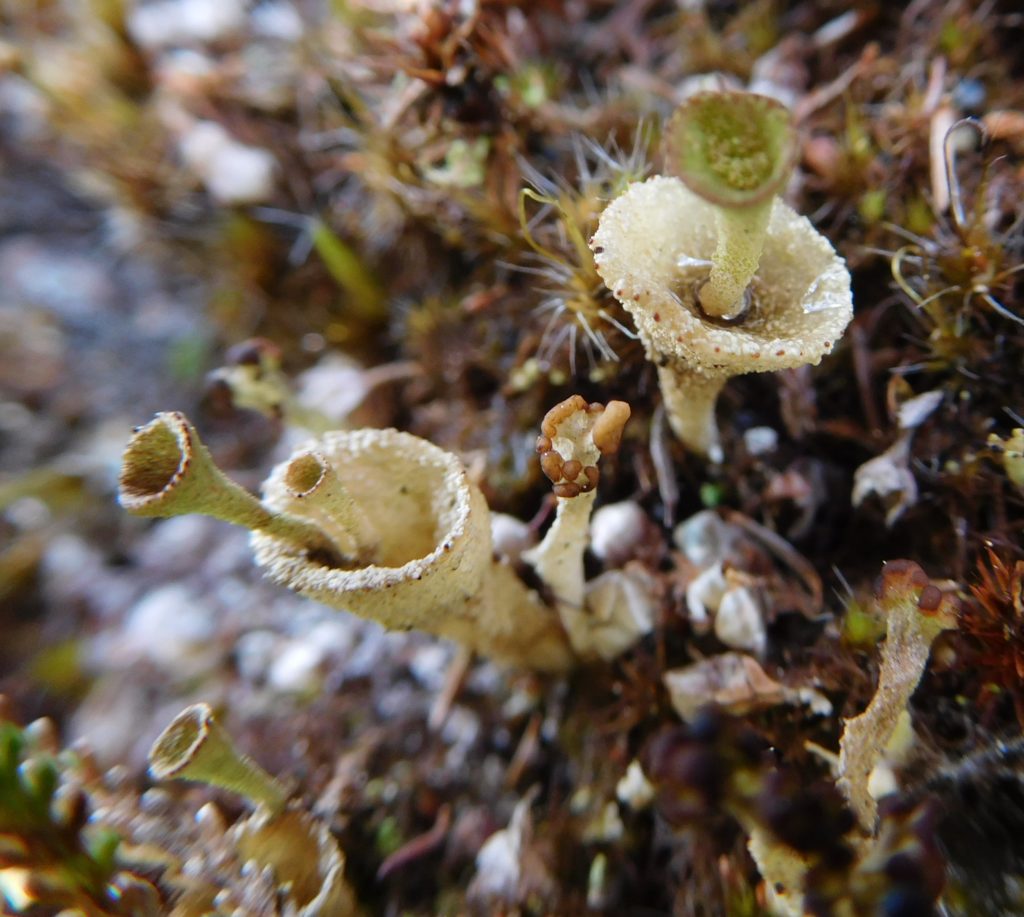
A Linnet sang from the top of a Birch. Goldfinches twittered and flitted about.
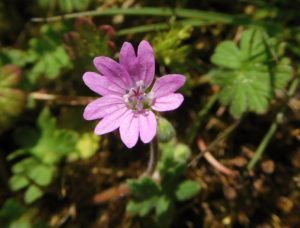
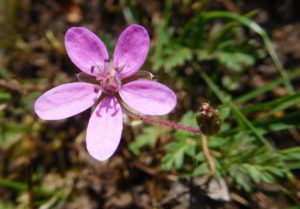
And on the path out, a Hobby leapt from a tree right in front of me, where it had been sitting watching the bog pools, waiting for dragonflies to come out and display themselves. It flew round and up, then circled, soaring, away to the south. Perhaps it was the one the twitchers had been waiting to see flying all morning.
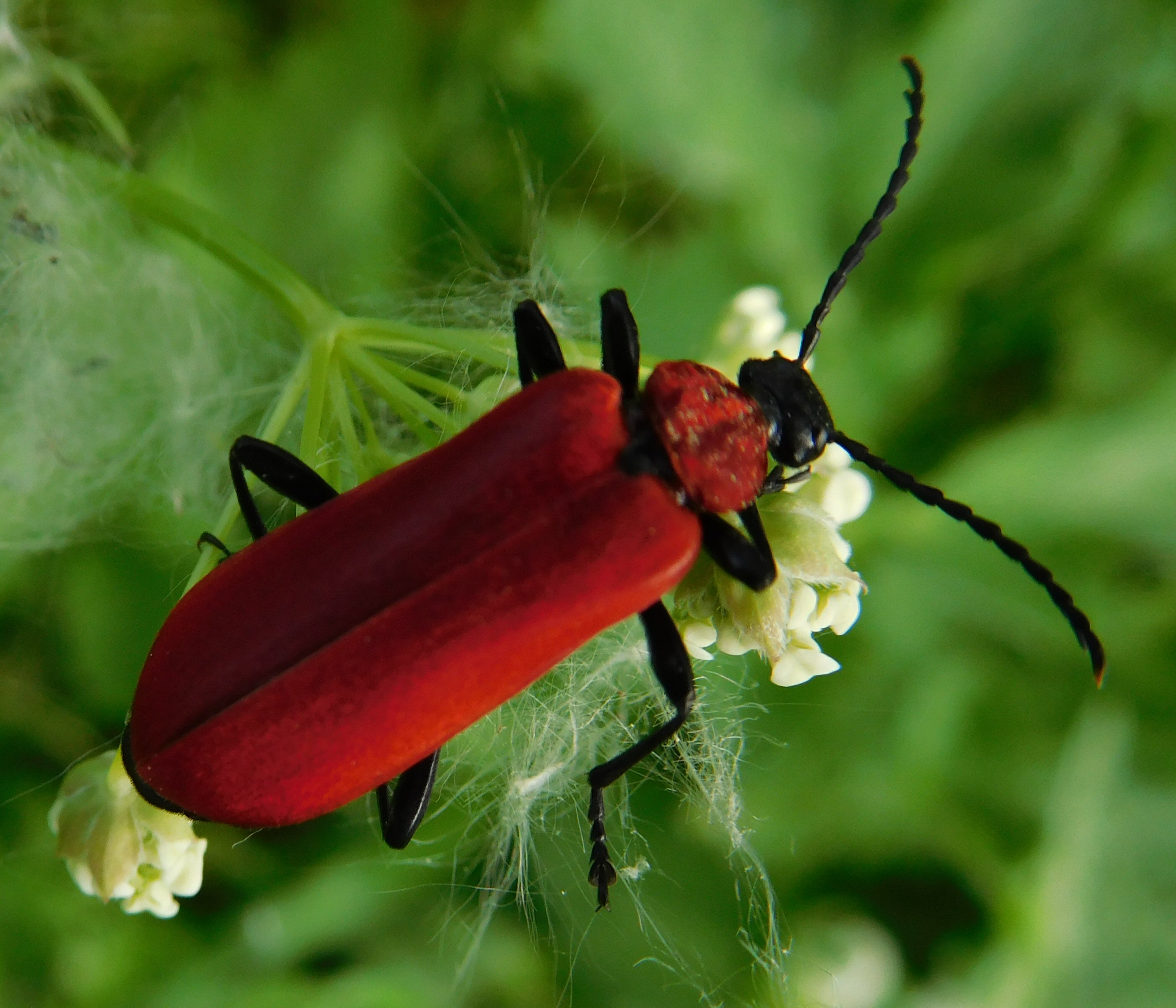
Well, I had two delightful surprises on my Wraysbury walk today. The first, as you can see, was a Cardinal Beetle, by no means a common sight any more, and unlike many claimed sightings, seems to be the actual species. I say seems to be, because the antennae were not especially toothy: the detail below shows that the end segments were certainly well toothed, the rest not. So either this was an individual with a slightly aberrant pattern, or it was a closely related species.

The other thing was the warblers. There have been hardly any Chiffchaffs around in the reserve, but today I heard about six of them. They struggled to be heard above a background of Blackcaps with varied songs; and in some spots, a barrage of Garden Warblers as well (mixed with a bit of Blackbird, Robin, Chaffinch, Robin, and Wren). And, just once, the second delightful surprise: a Lesser Whitethroat, with its distinctive trill. So it was a Four Warbler Walk. I listened out carefully for Sedge Warbler, Cetti’s Warbler, and Willow Warbler but there weren’t any singing – the Cetti’s were surely lurking nearby.
Overhead, apart from the planes, were a Buzzard, gently mobbed by a Carrion Crow, later joined by a circling Sparrowhawk.
The brambles and herbs (from nettles to Comfrey) were being used as perches by a mass of Banded Demoiselles, both the blue males with their glorious dark blue wing-patches, and the more subdued green females. They were joined by a few Common Blue Damselflies, the first of the year for me, as the demoiselles were.